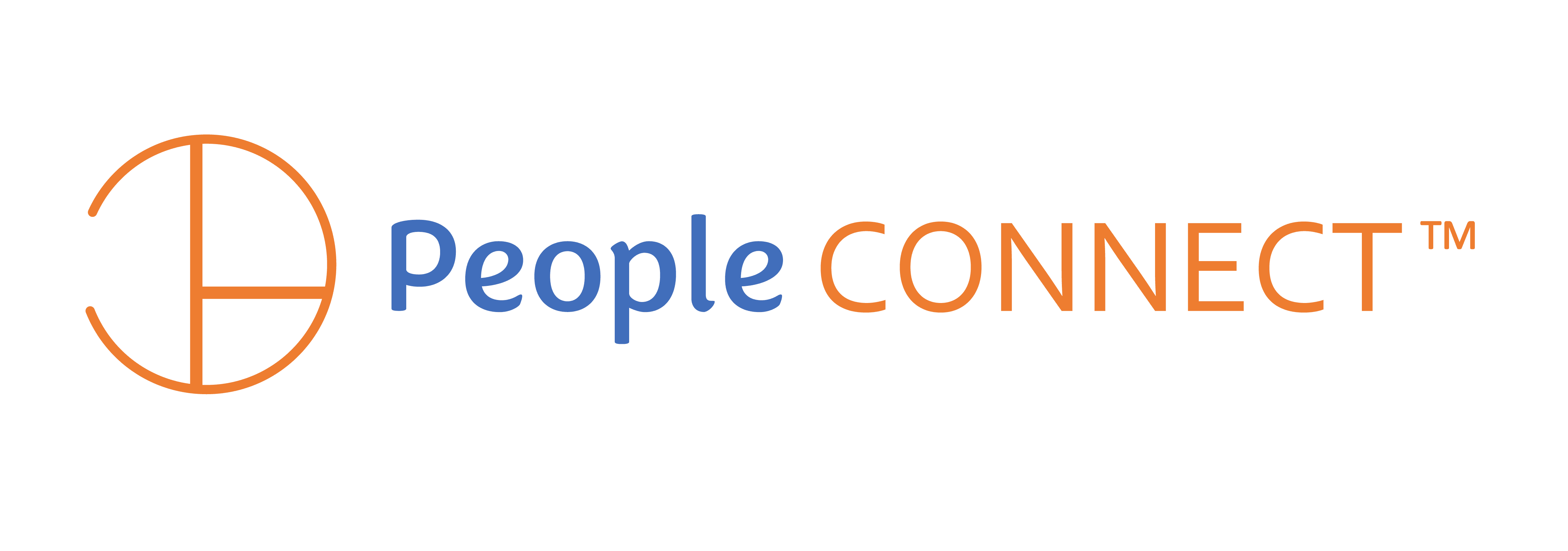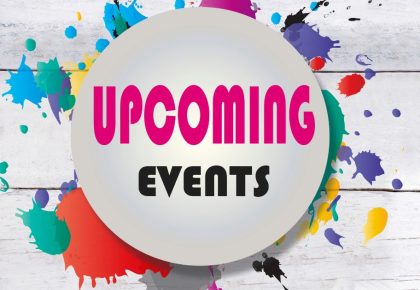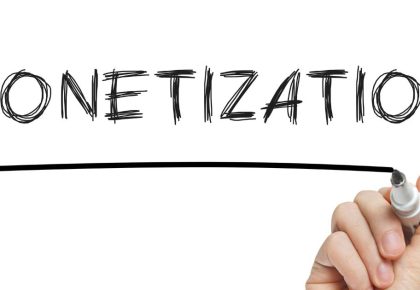Presenting a workshop, whether online or in person, has its challenges. The challenges are graver when it comes to presenting a workshop online. Your audience is not present, and your power over their distractions is limited. Hence, you are left to figure out how to do that when your presentation is remote. However, the six (6) tips for presenting a workshop work effectively both physically and online. Before we discuss the tips, here are features found in all workshops;
- Workshops are often active by engaging the attendees in participation.
- Most Workshops do stand alone and are to be completed at once.
- Most workshops come up for those in the same field or similar industry.
- Workshops do not involve crowds. They are organized for attendees between 6 and 15 participants.
6 Tips to Presenting a Workshop Effectively
Consider your hook.
The first impression, they say, matters a lot. You do not want to begin presenting your workshop with “I am here to talk to you about this and that,” as that would not fly. As a matter of fact, I would consider leaving or logging off the workshop. Such an Introduction will not grab the attention of your attendees. So how do you do it?
The writer in the Storm Blog proposed starting with a personal story, citing statistics and facts around the topic of your workshop, the interrogatory introduction, and Jokes, amongst others.
Your introduction should have the ability to excite your attendees. You want them to yearn for more and be enthusiastic about the next point in your presentation.
Pro-tip; keep your introduction short, likewise other structure of your presentation.
Structure your workshop presentation into parts.
Research has shown that human attention span has shrunk by about 25% in the last 15 years, and we can only stay focused between an average of 8.25 seconds to a little above 20 minutes. Therefore, your workshop must be structured into parts so your audience can grasp all your communications.
Session Lab expressed their sentiment when they noted that a well-structured workshop presentation ensures you carry your audience along and helps you remain calm while you make your presentation. A structured presentation will assist in creating visual images, as discussed later, for your workshop.
Consider Visual Images, Graphs, Diagrams, and Videos
Moving on from the above, human attention span has reduced, and you want them to focus on your workshop presentation. Whether you are presenting a workshop online or in person, using visual aids is the best way to avoid superfluous text. Too many texts, even when structured into paragraphs, bullet points, and short sentences, can be too much for your audience to process.
Session Labs stated that visual aids are more powerful than words. They drive emotions and can deliver your intended stories to your audience within seconds. That is because visual images or aids are processed as fast as 60,000 times in our brains than text, according to a report by Visual Teaching Alliance.
When you need to present statistics or information in your workshop, using infographics will pass information to your audience more quickly.
Furthermore, a short video presentation can be adopted to help break up your slides and explain points in the context which might be clearer by practical representation. To get an effective result, you should set out discussion time after the video to help engage your audience on what they had just watched, how they would use the information, or any question they might seek clarity on.
Have a Takeaway for your audience.
It is easy to give a workshop presentation when all you have developed revolves around you talking. But have you considered what your audience might gain from the workshop?
While you may want to concentrate on making a perfect presentation, communicating ideas on your topic is paramount. No one will use the information if they are not getting anything from it.
Remember, the goal is not to satisfy yourself but to impact the audience to take action or use your presentation effectively. To simplify the job, have what is synonymous with Lesson Outcomes for all your workshop presentations.
Practice
Do we not feel proud after the first draft of our workshop papers? However, if you do not go back over what you have developed to present at the workshop, you may end up not sounding convincing on D-Day and may present erroneous data.
If you choose to have an effective workshop presentation, you must practice repeatedly and be satisfied that it will pass a message to your attendees.
The advantage of cross-checking your presentation is that you may notice some errors or find that a few more tweaks could help make your presentation livelier than the initial draft. Reviewing your presentation will help you cut out irrelevance and stay on point.
In addition, it helps you practice when to pause during a presentation when to seek a reaction from your audience, and how to stay on schedule.
When you desire to achieve better results with your workshop, you should practice in front of family or friends. But ensure your chosen practice audience is the blunt types.
Relax, enjoy, and go for Gold.
As easy as it is to be carried away, so is it when you are nervous. Nothing robs you of presenting a workshop effectively than when you are afraid. Remember, you are not the first to be overcome by anxiety. Thus you have to be calm. For your information, 20% of people have reported the fear of public speaking on a list of Fears. Yet there are ways to overcome the fear of public speaking.
Your attendees are humans, and many of them are rooting for you, and they want your workshop presentation to go well because they understand the fears themselves.
Relax! Let your passion for the workshop topic burn more than your fears. We are all rooting for you! Go and make an effective workshop presentation.
At People Connect, we have developed a platform that permits effective workshop presentations either physically or remotely, with bespoke event technologies. In addition, our platform helps you get more attendees to your presentation and organize your event efficiently. To have a feel of how we can make your workshop presentation effective, check out our service offerings here.





